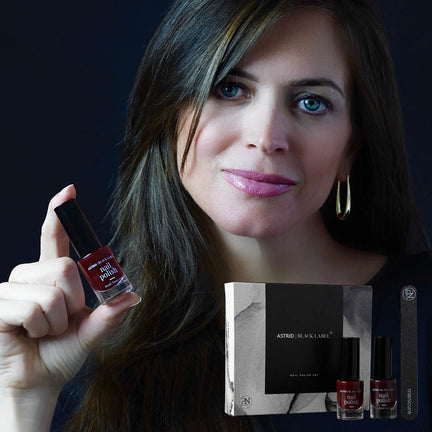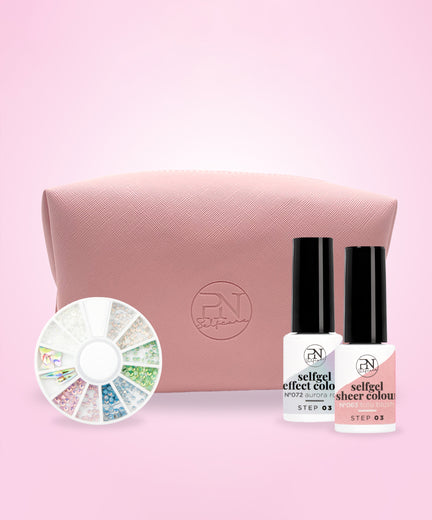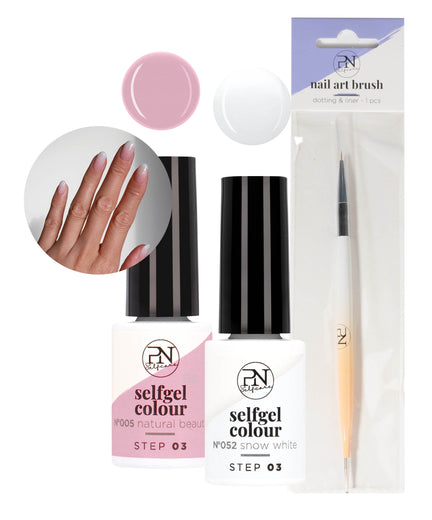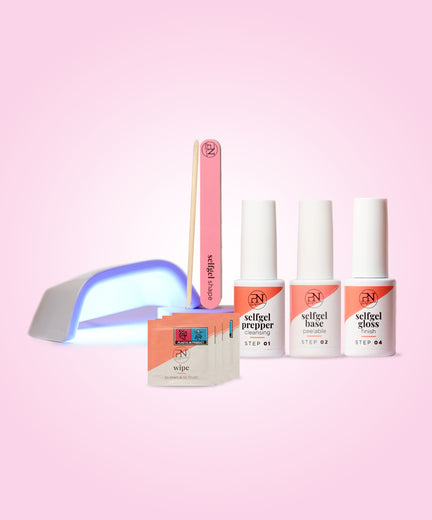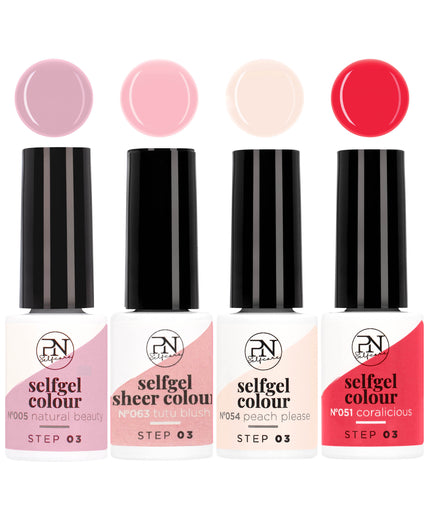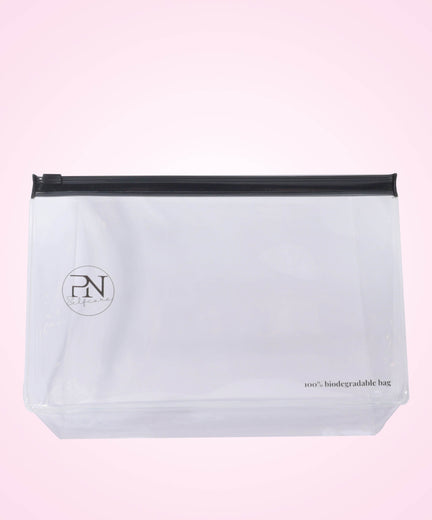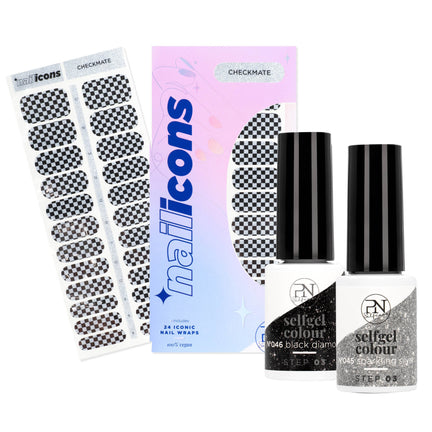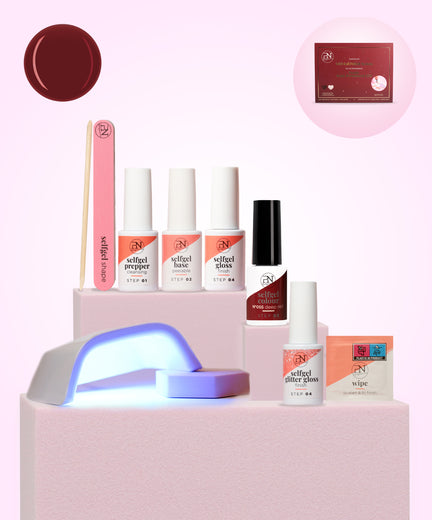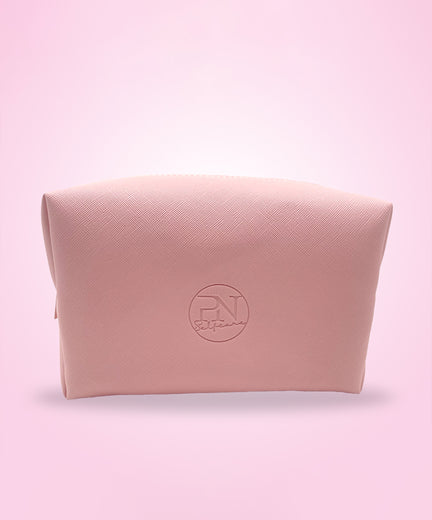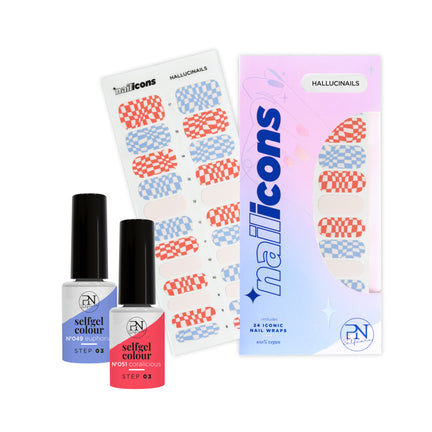Beautiful nails? Yes, please. But what if your manicure suddenly leads to itching, redness or even pain? You might be dealing with a nail allergy.
Nail allergies are more common than you might think. Whether you do your nails at home or visit a salon regularly, certain ingredients in nail products can trigger allergic reactions. In this article, you'll discover how to recognize a nail allergy, how to prevent it, and what to do if symptoms appear.
How to recognize a nail allergy
A nail allergy occurs when your immune system overreacts to certain substances in nail products. The most common symptoms are itching, redness, swelling, and sometimes even blisters around the nails or fingertips. In some cases, the skin thickens or the nail detaches. Notably, the reaction doesn’t always happen immediately—symptoms can appear hours or even days later.

What causes a nail allergy?
The culprit is almost always an ingredient found in nail polish, gel polish, artificial nails or nail glue. Acrylates and methacrylates are especially known for their allergenic effects. These substances are used to provide adhesion and long-lasting wear but can cause strong reactions in sensitive individuals.
Common problematic ingredients include:
- HEMA (hydroxyethyl methacrylate)
- di-HEMA
- TPO (trimethylbenzoyl diphenylphosphine oxide)
- formaldehyde (often found in nail hardeners)
- toluene
- DBP (dibutyl phthalate)
Important to know: for retail products (sold directly to consumers), EU law prohibits the use of substances such as HEMA, di-HEMA, TPO, HQ and MEHQ. These ingredients are still allowed in professional-use products. However, many of these “professional” products are available on the regular market and often carry the label “for professional use only”.
Be cautious with international purchases: European products fall under the strict REACH cosmetics regulation. Outside of Europe—such as in the US—regulations are often less stringent. When buying products abroad, always check the ingredient list (INCI) to avoid unwanted substances.
What are HEMA, di-HEMA and TPO exactly?
HEMA and di-HEMA are methacrylates that help nail products bond and harden. They provide strength and durability to gel and acrylic nails but are known as strong allergens. With repeated exposure, they can cause contact allergies.
TPO is a photoinitiator that allows gel polish to cure under a UV or LED lamp. It can also trigger skin irritation or allergic reactions.
Important: these aren’t the only risky ingredients. People with acrylate allergies can also react to longer chemical chains (used as HEMA alternatives), as they too can bind chemically to skin cells. So even “HEMA-free” products can still cause allergic reactions.
How to prevent a nail allergy
- Choose products without HEMA, di-HEMA or TPO (as much as possible)
- Check the ingredient list carefully
- Avoid applying product to the cuticles—the skin around the nail is more sensitive
- Properly prep the nail and remove oils before application
- Wear gloves during housework if you already have sensitive skin
Note: if you’ve previously developed an acrylate allergy, avoid using gel polish or artificial nails altogether. In that case, opt for regular nail polish, which doesn’t contain acrylates.
What to do if you have an allergic reaction
- Stop using the product immediately
- Wash your hands thoroughly
- If symptoms are mild (redness, itching): use a soothing cream or take an antihistamine
- If symptoms are severe (blisters or nail detachment): consult a doctor or dermatologist
Alternatives and safe choices
At PN Selfcare, we offer nail products that are free from HEMA, di-HEMA and TPO, while still delivering great durability, shine and colour intensity. Our gelpolishes and treatments are free from harmful substances, so you can enjoy beautiful nails without worry.
Why product origin matters
Products sold in the EU must comply with strict safety standards. Outside Europe, regulations are often more lenient, increasing the risk of allergenic ingredients. At PN Selfcare, our products are made in Europe, with a strong focus on Belgian quality. Every product is thoroughly checked and tested in-house to guarantee safety and performance.
Conclusion
A nail allergy can be annoying and even painful, but with the right knowledge and product choices, the risks can be significantly reduced. Stay alert to symptoms, check ingredient labels, and choose safe products that combine beauty with health.
